In the beginning a small story:
During the picnic, the girl stumbled and fell. She was offered to call an ambulance, but she assured everyone that
everything is in order and that she stumbled against a stone just
because of new shoes.
Since she looked a little pale and trembling, she was helped to shake herself and brought her a plate of food. The rest of the day, Inga spent cheerfully and naturally. Later, the girl's husband called everyone and said that his wife was taken to the hospital. At 23:00 she passed away. On a picnic, she had a stroke.
If her friends knew what the signs of a stroke look like, she could live today.
Some people do not die at once. Often they find themselves in a situation in which they can still be helped for a long time.
You will only have one minute to read the following ...
Stroke - acute circulatory disturbance in the brain and spinal cord, requiring urgent medical attention. In time to recognize a stroke means to save the life of a patient.
Stroke
is an extremely dangerous and sudden brain function disorder caused by a
violation of his blood supply, so immediate first aid is vital. The main principles that must be observed: act quickly, confidently and do no harm to the victim.
The first and most important thing is to recognize the stroke!
Symptoms of a stroke
- Impaired breathing, shortness of breath;
- dizziness;
- A severe headache that occurs suddenly;
- The pulse is slowed down to 40-50 beats per minute;
- Violation of coordination of movements;
- Vomiting (optional);
- Blurred vision (often in one eye);
- Pupils' asymmetry (one more than the other);
- Confusion of speech, a violation of the ability to clearly express their thoughts and understand what is happening around them;
- Paralysis of one side of the body and face;
- loss of consciousness.
How to recognize a stroke
Use the so-called "UZP" technique:
U - ask the victim TO SMILE;
Z - ask him to CONSIDER: for example, it is coherent to say a simple sentence "The sun is shining outside the window";
P - ask him to RISE both hands.
When a stroke:
U
- the smile of the victim will come out of the curve: one of the sides
of the face seems to be poorly obeyed by the person, the corner of the
lips will not be raised up, but lowered down;
З - the victim says, stammering, like a person in a state of intoxication, can not always associate words;
P - the hands of the injured do not rise to one level: the hand from the affected part is always lower.
Another way to recognize a stroke is to ask the victim to stick out his tongue.
- And if the tongue is irregular in shape or curve, it sinks to one of the sides, this is also a sign of a stroke.
- At occurrence of even one of symptoms of a stroke it is necessary to call immediately an ambulance!
- Even if the symptoms gradually weaken or pass, the destruction of brain cells continues anyway. For further treatment to give results, the victim must arrive at the hospital no later than 60 minutes after the first symptoms of the stroke were discovered.
What to do next
- Do not waste time before the arrival of doctors!
- If the event happened in the room, bring the extra people out of the room. If in the street - ask all to part and not interfere with the influx of fresh air.
- Never mix up the victim: it must be left where the attack occurred, not shifting anywhere.
- Raise the upper body and the victim's head (approximately 30 degrees), for example, place several pillows.
- Unfasten or remove all clothing that is tightening and interfering with breathing (belt, collar, belt, etc.).
- Ensure fresh air.
- If vomiting begins, turn the victim's head sideways and properly clean the vomit, otherwise a person may suffocate.
- Sometimes a stroke is accompanied by epileptic seizures, which may follow one after another. In this case, turn the person to one side, insert a spoon wrapped in a tissue, a comb, a stick and, holding the patient's head slightly with hands, wipe the foam. The most important thing in this case is not to pinch a person. You just need to hold it lightly and that's it. And even more so you can not bring ammonia alcohol. The consequences can be terrible - cessation of breathing and death.
- In case of cardiac arrest and respiratory failure, the patient should immediately begin an indirect cardiac massage and artificial respiration.
It is important to hold out until the ambulance arrives and tell the doctors about all the symptoms that you noticed and about the actions that you have already done. And the faster you perform all the manipulations, the more likely the victim will recover from the impact.
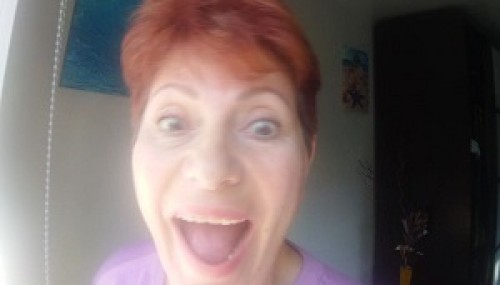
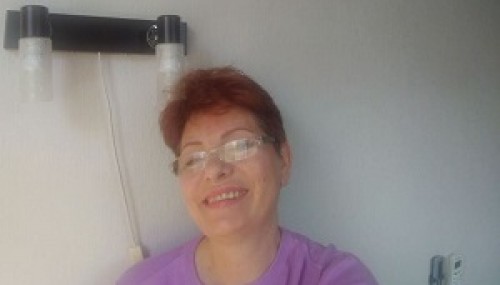

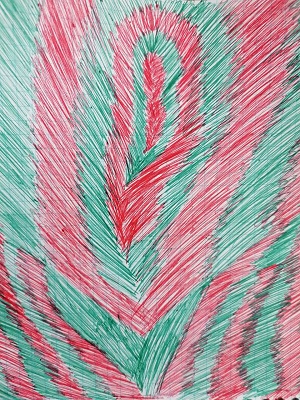

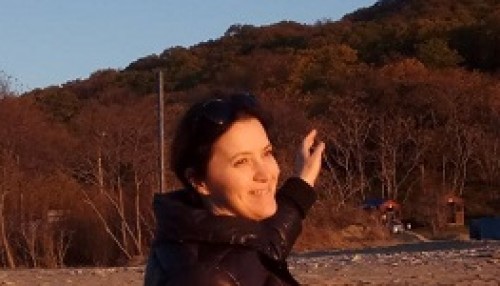
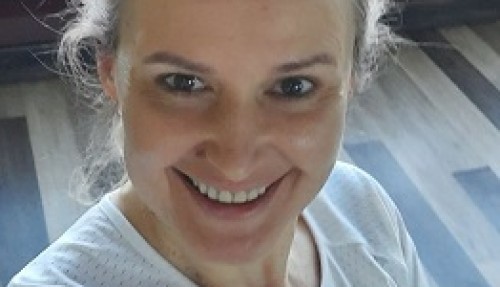
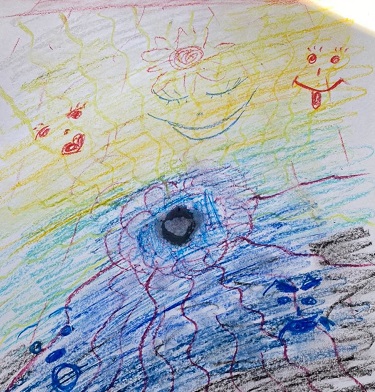
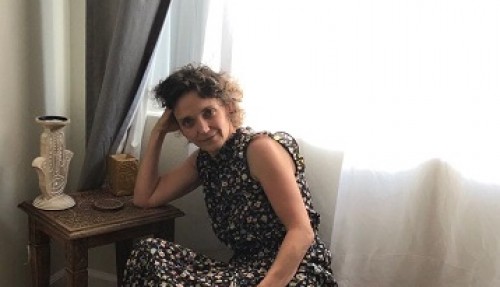
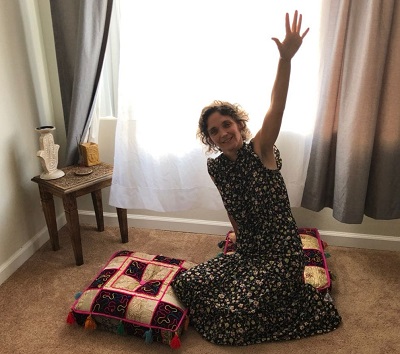
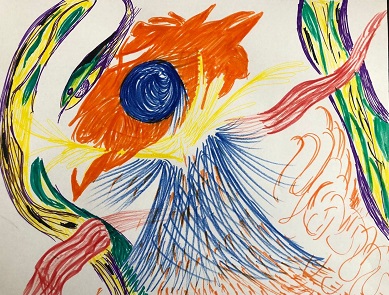
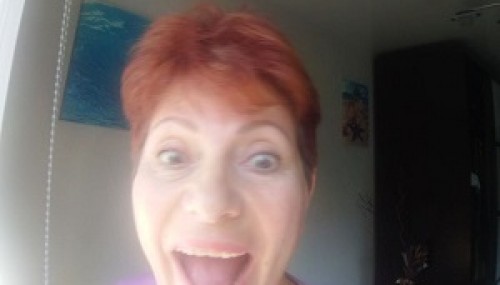
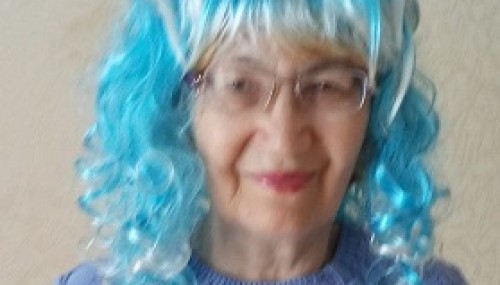

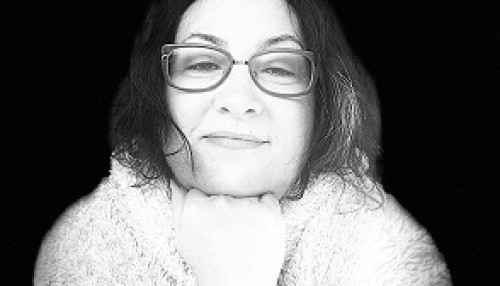
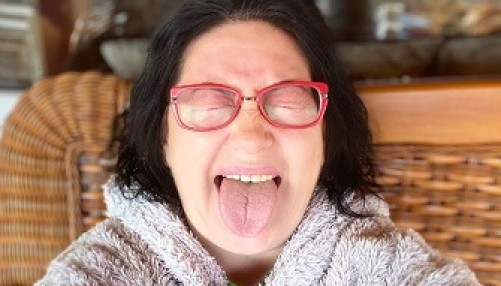
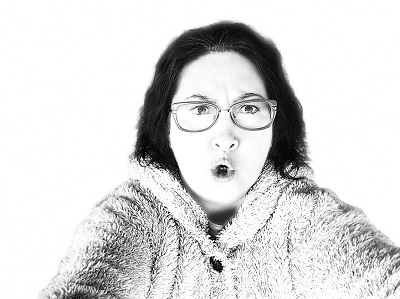


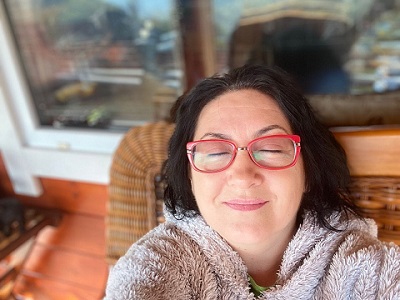




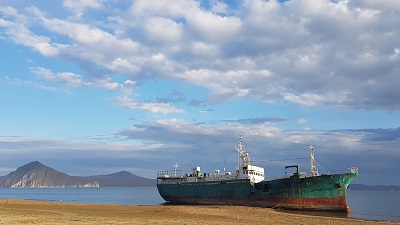

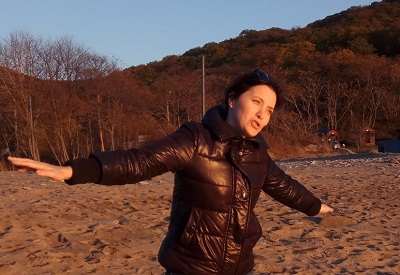
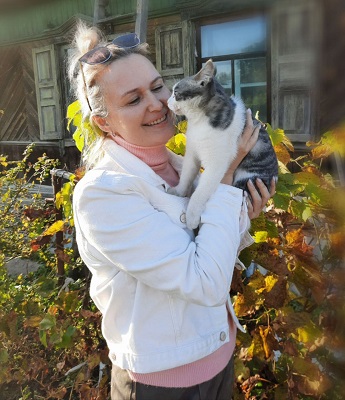
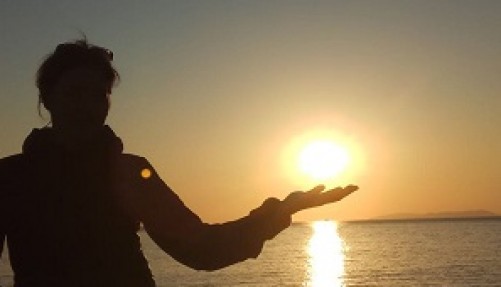

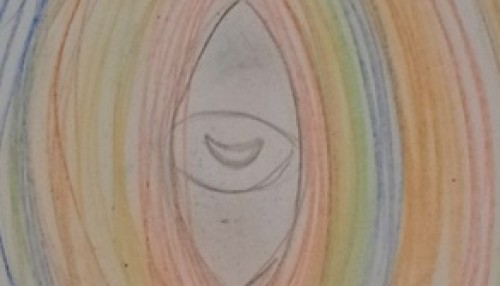
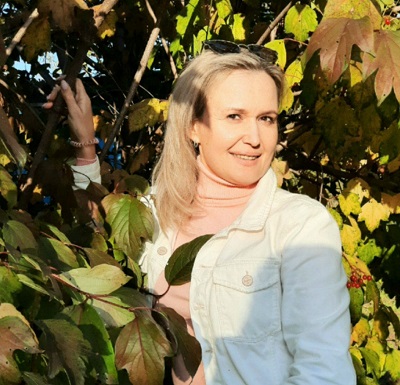
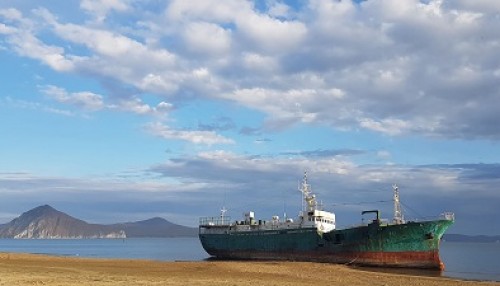
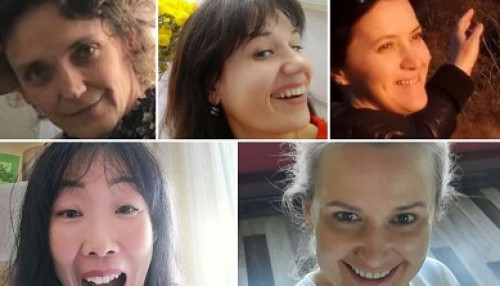
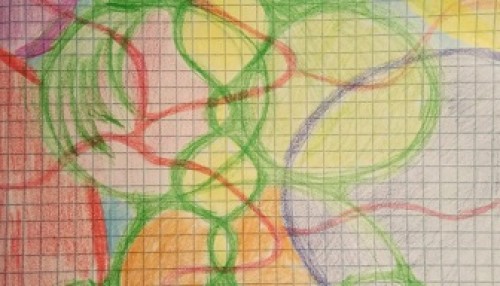
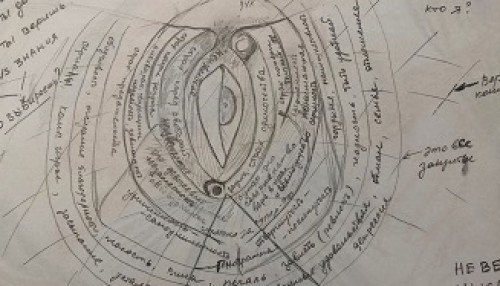
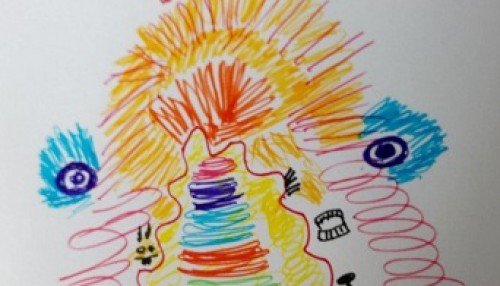



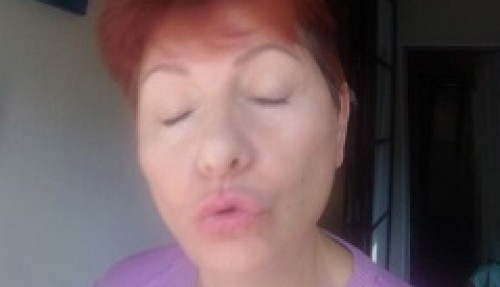
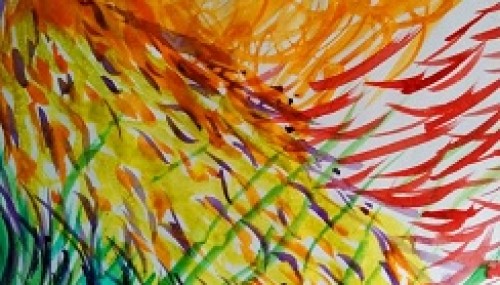
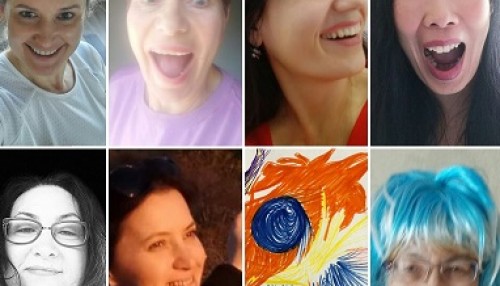
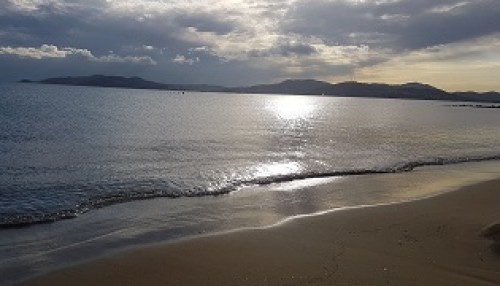


Комментарии
Войдите на сайт чтобы оставить комментарий
Войти